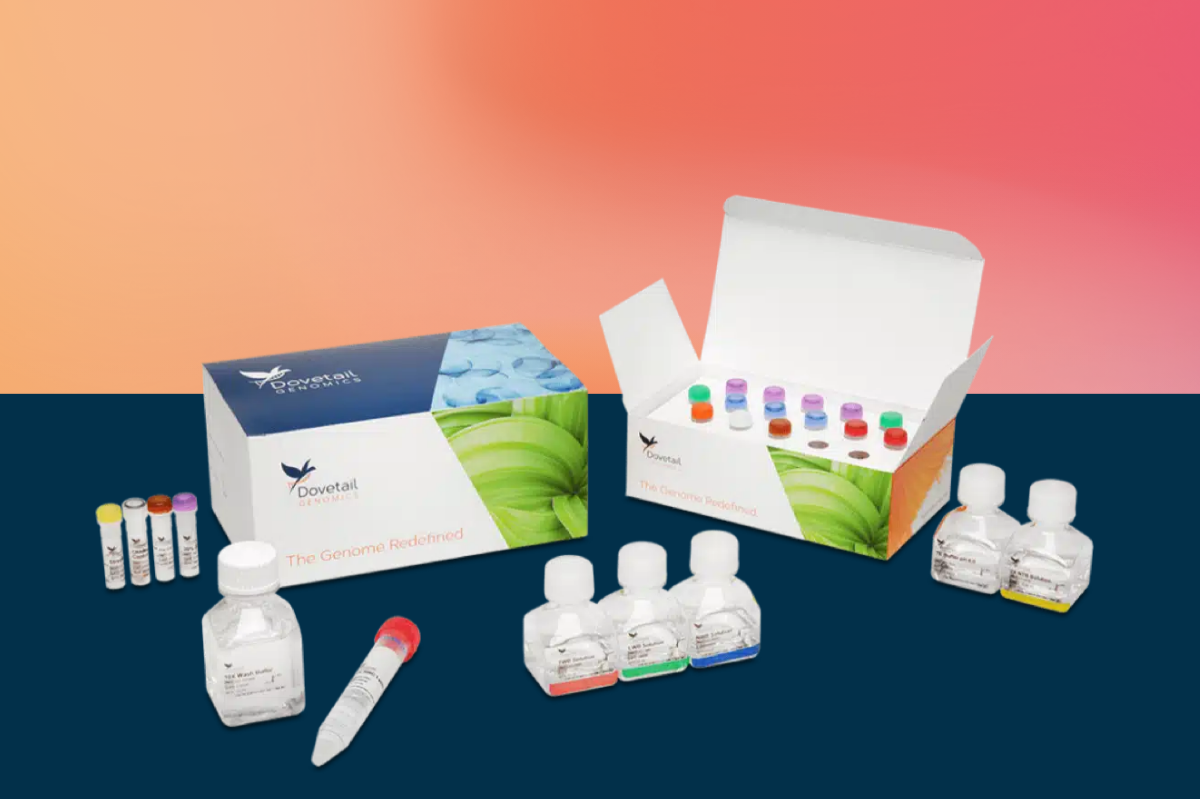LinkPrep Support Page
Product FAQs
-
Why are whole cells versus extracted DNA used for the assay?
The assay leverages in situ DNA organization inside of the nucleus. Extracted DNA does not preserve this organization and therefore not compatible with the assay.
How should the tissue samples be collected and prepared?
Flash freeze the tissue in liquid nitrogen upon collection and store at -80°C until ready to use.
Can I use less than 1M cells for LinkPrep Kit?
The workflow has been validated down to 100K cells. No protocol changes are required when using less than 1M cells. What do I give up by using less cells? Less cells means you will recover lower yields after proximity ligation. This ultimately means your libraries may have lower complexity (i.e. higher duplication rate).
-
Can you use any third-party library preparation kit?
No, the LinkPrep Kit does not support the use of third-party library preparation kits. The Library Preparation and Primer Modules are part of the core kit offering.
Why is a swinging bucket rotor used for centrifugation?
The use of a swinging bucket rotor:
Helps visualize the pellet and reduces cell loss
Enables low-speed spins which reduces cell clumping that can lower the efficiency of the tagmentation reaction.
-
What is the recommended sequencing depth?
If QC sequencing, the library can be shallow sequenced to 1- 10 million read pairs (2 x 150 bp).
For standard sequencing, we recommend to sequence one library up to 300 million read pairs (2 x 150 bp). The depth depends on the variants you want to detect and its tumor fraction and variant allele frequency.
-
How are the somatic variants detected LinkPrepTM data?
LinkPrepTM Kit users can analyze the data using standard NGS tools. Some recommendations that we have can be found on the following readthedocs. Page: https://varilink.readthedocs.io/en/latest/.



